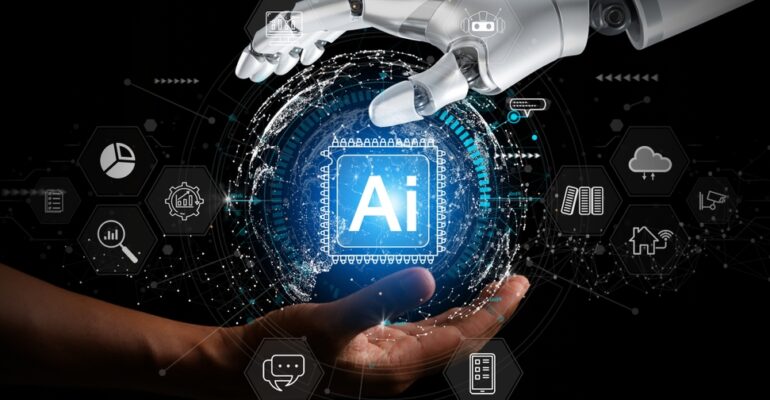Generative AI: A New Frontier in Data Analysis
Generative AI, a subset of artificial intelligence, has been making waves across various industries. Its ability to create new data points that resemble existing ones has opened up a world of possibilities for data analysis.
By generating synthetic data, automating data preparation, and creating innovative predictive models, generative AI is revolutionizing the way we extract insights from data.
Synthetic Data
One of the most significant applications of generative AI in data analysis is the creation of synthetic data. Traditional data analysis often faces challenges due to privacy concerns, data scarcity, or the need for large datasets to train machine learning models.
Synthetic data, generated by generative AI models, can address these issues by providing realistic, yet artificial data points that can be used for various purposes.
For instance, in healthcare, generative AI can be used to create synthetic medical records, preserving patient privacy while still providing valuable data for research and development. In finance, synthetic market data can be generated to test trading strategies without risking real-world capital.
Automating Data Preparation
Data preparation is a time-consuming and often error-prone task in data analysis. It involves cleaning, transforming, and organizing data before it can be used for modeling. Generative AI can automate many of these tasks, significantly reducing the workload of data analysts.
For example, generative AI can be used to identify and correct missing or inconsistent data, handle outliers, and create new features that can improve model performance.
By automating these routine tasks, data analysts can focus on more strategic activities, such as exploring new data sources and developing innovative analytical approaches.
Generating Innovative Predictive Models
Predictive models are essential tools for making data-driven decisions. Generative AI can be used to generate new and innovative predictive models that can outperform traditional methods.
By leveraging the power of generative AI, data analysts can create models that are more accurate, interpretable, and capable of handling complex data patterns.
One example of generative AI-based predictive modeling is the use of variational autoencoders (VAEs) for anomaly detection. VAEs can learn the underlying distribution of normal data and identify unusual patterns that may indicate fraudulent activity or equipment failures.
By generating new data points that are similar to normal data, VAEs can help detect anomalies that might be missed by traditional methods.
The Future of Data Analysis
As generative AI continues to evolve, its applications in data analysis will become even more diverse and powerful. By creating synthetic data, automating data preparation, and generating innovative predictive models, generative AI is opening up new frontiers in insight generation.
Are you ready to harness the power of generative AI for your data analysis projects? Join our online data analytics school and learn from experienced instructors who will guide you through the latest advancements in the field. Our next cohort starts in September. Don’t miss this opportunity to gain the skills you need to succeed in the data-driven world.
Conclusion
In conclusion, generative AI is a game-changer for data analysis. By leveraging its capabilities, data analysts can extract deeper insights, make more informed decisions, and drive innovation in their respective fields.
As generative AI continues to advance, we can expect to see even more exciting developments in the world of data analysis.


